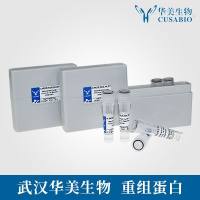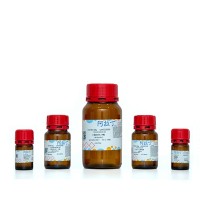Measuring Permeability in Human Retinal Epithelial Cells (ARPE-19): Implications for the Study of Diabetic Retinopathy
互联网
互联网
相关产品推荐

Recombinant-Mouse-Short-chain-dehydrogenasereductase-3Dhrs3Short-chain dehydrogenase/reductase 3 EC= 1.1.1.300 Alternative name(s): Retinal short-chain dehydrogenase/reductase 1; retSDR1
¥11466

ARPE-19/APRE-19人视网膜上皮细胞|ARPE-19/APRE-19细胞|人视网膜上皮细胞系
¥1500

IL-2重组蛋白|Recombinant Human IL2 Protein
¥1080

OFET微型探针,Measuring Adaptor for Back-Gated OFET Interdigitated Substrates,阿拉丁
¥21440.90

灰色链霉菌/灰色链霉菌/IMAS Study Class M4.3
¥1500
相关问答

